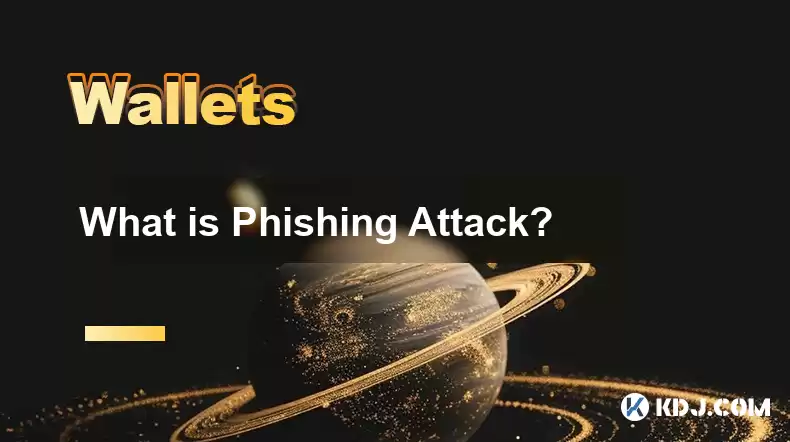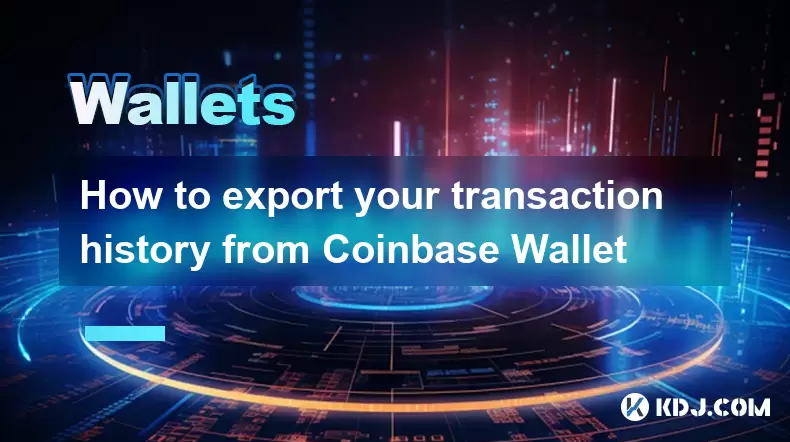-
 Bitcoin
Bitcoin $116400
1.84% -
 Ethereum
Ethereum $3808
5.51% -
 XRP
XRP $3.049
2.94% -
 Tether USDt
Tether USDt $1.000
0.02% -
 BNB
BNB $772.2
0.81% -
 Solana
Solana $170.6
2.40% -
 USDC
USDC $0.9998
0.00% -
 TRON
TRON $0.3406
1.84% -
 Dogecoin
Dogecoin $0.2128
5.71% -
 Cardano
Cardano $0.7601
4.10% -
 Hyperliquid
Hyperliquid $39.47
3.36% -
 Sui
Sui $3.732
8.66% -
 Stellar
Stellar $0.4114
5.02% -
 Chainlink
Chainlink $17.63
6.61% -
 Bitcoin Cash
Bitcoin Cash $576.6
2.60% -
 Hedera
Hedera $0.2508
4.44% -
 Ethena USDe
Ethena USDe $1.001
0.00% -
 Avalanche
Avalanche $22.58
2.61% -
 Litecoin
Litecoin $120.6
3.70% -
 UNUS SED LEO
UNUS SED LEO $8.956
-0.35% -
 Toncoin
Toncoin $3.315
2.66% -
 Shiba Inu
Shiba Inu $0.00001258
3.02% -
 Uniswap
Uniswap $10.04
5.37% -
 Polkadot
Polkadot $3.754
3.67% -
 Dai
Dai $1.000
-0.01% -
 Bitget Token
Bitget Token $4.399
1.64% -
 Monero
Monero $271.5
-4.74% -
 Cronos
Cronos $0.1469
4.47% -
 Pepe
Pepe $0.00001080
4.13% -
 Aave
Aave $272.2
5.52%
What is Phishing Attack?
Phishing, a fraudulent attempt to obtain sensitive information via deceptive emails or messages, commonly uses spoofed websites, urgent language, and the enticement of rewards or personalized messages to deceive victims.
Feb 22, 2025 at 12:42 am

Key Points
- What is phishing?
- Common techniques used in phishing attacks
- How to identify and avoid phishing attacks
- Steps to take if you fall victim to a phishing attack
- FAQs about phishing
What is Phishing Attack?
Phishing is a type of online fraud that attempts to trick individuals into giving up sensitive information, such as passwords, credit card numbers, and other personal data. It is typically carried out through the use of emails, text messages, or fake websites that appear to be from legitimate sources.
Common Techniques Used in Phishing Attacks
- Spoofed Emails and Websites: Attackers create emails and websites that look identical to those of legitimate organizations, often using subtle variations in the domain name or email address.
- Urgent or Fear-Inducing Language: Phishing emails and messages often use urgent or frightening language to create a sense of urgency and encourage victims to act without thinking.
- Enticement with Rewards or Gifts: Attackers may offer prizes, discounts, or other rewards to induce victims to click on links or provide personal information.
- Personalized Messages: Phishing attacks are often personalized to make them appear more credible, using information that the attackers have gathered from social media or data breaches.
How to Identify and Avoid Phishing Attacks
- Be cautious of unsolicited emails and messages: Legitimate organizations will not typically send unsolicited emails asking for sensitive information.
- Check the sender's email address or URL closely: Look for subtle differences in the domain name or email address.
- Hover over links before clicking: Most email clients will display the actual link destination when you hover over a link. Check if the destination matches the expected URL.
- Never share personal information in response to an unsolicited email or message: Legitimate organizations will not ask for sensitive information via email or text message.
Steps to Take if You Fall Victim to a Phishing Attack
- Change your password immediately: If you entered your password on a phishing website, change it immediately on all accounts that may have been compromised.
- Contact your financial institution: Report the attack to your bank or credit card company to prevent unauthorized transactions.
- Report the phishing attempt: Forward the phishing email or message to the appropriate anti-phishing organization, such as the Anti-Phishing Working Group (APWG) or the Federal Trade Commission (FTC).
FAQs About Phishing
- How can I protect myself from phishing attacks: Use caution when opening emails or messages, be vigilant about checking sender details, and never share personal information in response to unsolicited requests.
- What should I do if I think I have fallen for a phishing attack: Change your passwords immediately, contact your financial institution, and report the phishing attempt to the relevant authorities.
- How can I recognize a phishing email or message: Look for spoofed sender addresses, urgency or fear-inducing language, and enticing offers.
- What are the different types of phishing attacks: Common phishing attacks include email phishing, smishing (SMS phishing), vishing (voice phishing), and spear phishing (targeted phishing).
- Why do attackers use phishing: Attackers use phishing to steal personal data, gain access to financial accounts, and distribute malware.
Disclaimer:info@kdj.com
The information provided is not trading advice. kdj.com does not assume any responsibility for any investments made based on the information provided in this article. Cryptocurrencies are highly volatile and it is highly recommended that you invest with caution after thorough research!
If you believe that the content used on this website infringes your copyright, please contact us immediately (info@kdj.com) and we will delete it promptly.
- Ripple, Rail, and Stablecoin Payments: A $200M Power Play
- 2025-08-07 22:50:12
- Punisher Coin Presale: The Next $Trump? Aiming for 100x Gains!
- 2025-08-07 22:50:12
- Riding the Crypto Wave: Presale Cryptos, Cold Wallets, and the BTC Bull Run
- 2025-08-07 23:10:12
- Crypto's Wild Ride: Punisher Coin, Popcat, and the Meme Coin Mania
- 2025-08-07 23:10:12
- Bitcoin Price, XRP Prediction, Cryptocurrency: Navigating the Wild West of Digital Assets
- 2025-08-07 23:15:12
- WiMi, Quantum Computing, and AR Tech: Navigating the Future Today
- 2025-08-07 22:30:12
Related knowledge

How to create a new crypto wallet
Aug 07,2025 at 09:22pm
Understanding the Basics of a Cryptocurrency WalletA cryptocurrency wallet is a digital tool that allows users to store, send, and receive digital ass...

How to add Fantom network to MetaMask
Aug 07,2025 at 08:21am
Understanding the Fantom Network and MetaMask IntegrationThe Fantom network is a high-performance, scalable, and secure blockchain platform designed f...

How to update the firmware on your Trezor wallet
Aug 07,2025 at 05:00pm
Understanding the Role of Staking in Cryptocurrency EcosystemsStaking has become a fundamental component of many blockchain networks that operate unde...

How to export your transaction history from Coinbase Wallet
Aug 07,2025 at 06:50am
Understanding Coinbase Wallet and Transaction HistoryCoinbase Wallet is a self-custodial cryptocurrency wallet that allows users to store, manage, and...

How to export your transaction history from Coinbase Wallet
Aug 07,2025 at 08:49am
Understanding Coinbase Wallet and Transaction HistoryCoinbase Wallet is a self-custodial cryptocurrency wallet that allows users to store, manage, and...

How to avoid crypto wallet scams
Aug 07,2025 at 02:21pm
Understanding Common Types of Crypto Wallet ScamsCrypto wallet scams come in various forms, each designed to exploit user trust, technical ignorance, ...

How to create a new crypto wallet
Aug 07,2025 at 09:22pm
Understanding the Basics of a Cryptocurrency WalletA cryptocurrency wallet is a digital tool that allows users to store, send, and receive digital ass...

How to add Fantom network to MetaMask
Aug 07,2025 at 08:21am
Understanding the Fantom Network and MetaMask IntegrationThe Fantom network is a high-performance, scalable, and secure blockchain platform designed f...

How to update the firmware on your Trezor wallet
Aug 07,2025 at 05:00pm
Understanding the Role of Staking in Cryptocurrency EcosystemsStaking has become a fundamental component of many blockchain networks that operate unde...

How to export your transaction history from Coinbase Wallet
Aug 07,2025 at 06:50am
Understanding Coinbase Wallet and Transaction HistoryCoinbase Wallet is a self-custodial cryptocurrency wallet that allows users to store, manage, and...

How to export your transaction history from Coinbase Wallet
Aug 07,2025 at 08:49am
Understanding Coinbase Wallet and Transaction HistoryCoinbase Wallet is a self-custodial cryptocurrency wallet that allows users to store, manage, and...

How to avoid crypto wallet scams
Aug 07,2025 at 02:21pm
Understanding Common Types of Crypto Wallet ScamsCrypto wallet scams come in various forms, each designed to exploit user trust, technical ignorance, ...
See all articles

























































































